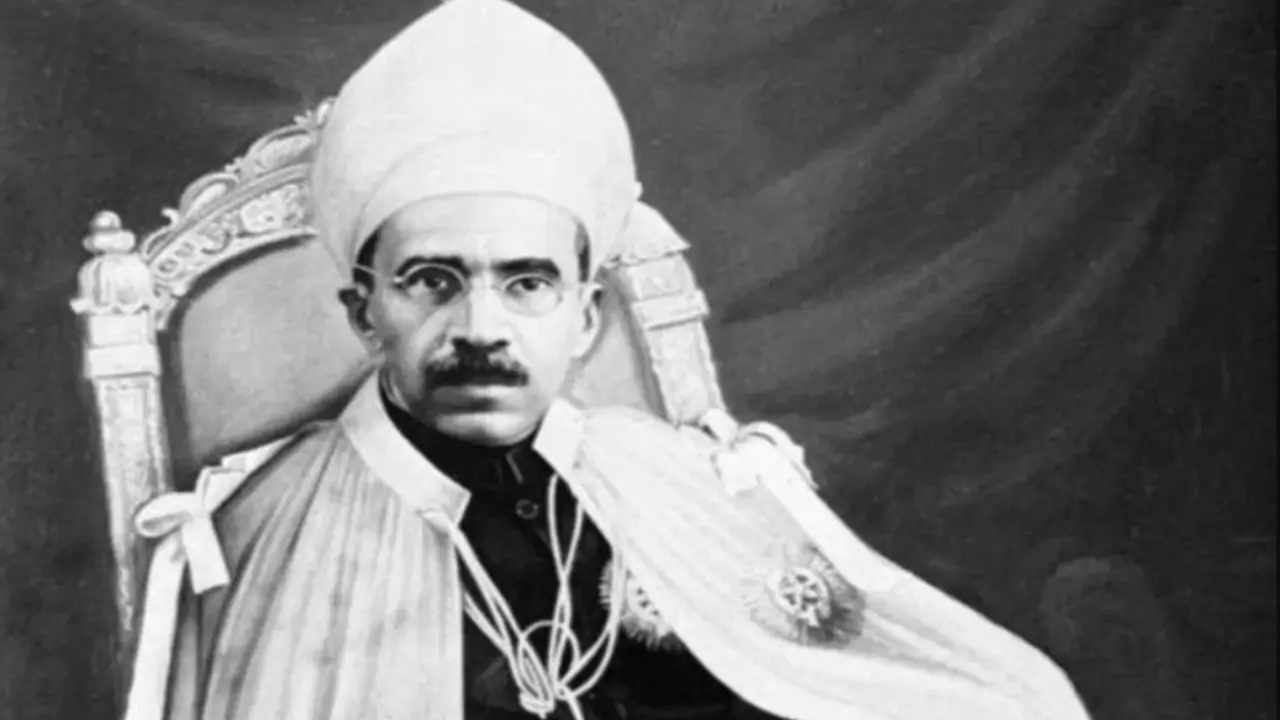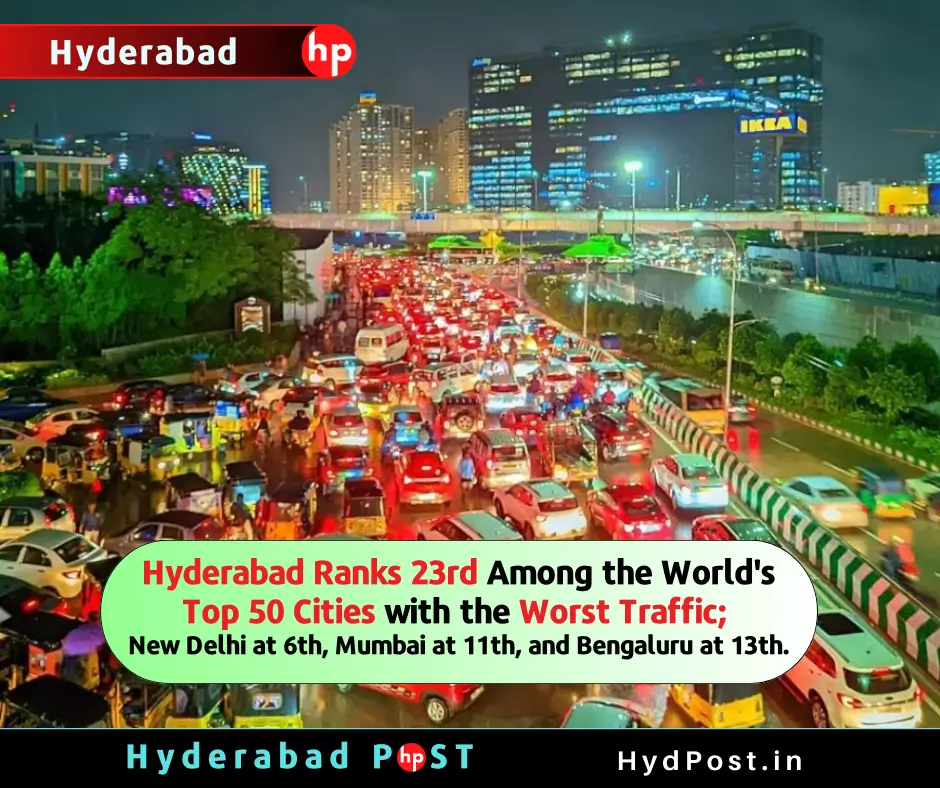
Mir Osman Ali Khan (Asaf Jah VII) was the last Nizam (ruler) of the Princely State of Hyderabad, the largest princely state in British India. He ascended the throne on 29 August 1911, at the age of 25 and ruled the Kingdom of Hyderabad between 1911 and 1948, until India annexed it. He was styled as His Exalted Highness-(H.E.H.) the Nizam of Hyderabad and was one of the wealthiest individuals of all time. In 1937, Time featured him on its cover as the world’s richest person.
He was reputedly a benevolent ruler who patronized education, science, and development. During his 37-year rule, electricity was introduced, and railways, roads and airports were developed. He was known as the “Architect of modern Hyderabad” and is credited with establishing many public institutions in the city of Hyderabad, including among others: Osmania University, Osmania General Hospital, State Bank of Hyderabad, Begumpet Airport, and the Hyderabad High Court. Two reservoirs, Osman Sagar and Himayat Sagar, were built during his reign, to prevent another great flood in the city. He was also a philanthropist, donating to various educational and religious institutions across India and towards compiling the holy Mahabharata. Apart from his wealth, he was known for his eccentricities; he used to knit his own socks and borrow cigarettes from guests.
Mir Mahaboob Ali Khan the VI Nizam died on 29 August 1911 and on the same day Mir Osman Ali Khan was proclaimed Nizam VII under the supervision of Nawab Shahab Jung, a minister of Police and Public works. On 18 September 1911, the crowning ceremony was official celebrated at Chowmahalla Palace. His coronation Durbar (court) included the prime minister of Hyderabad, Kishen Pershad, Colonel Alexander Pinhey (1911–1916) British resident of Hyderabad, the Paigah, and the distinguished nobles of the state and the head of principalities under Nizam domain.
The famous mines of Golconda were the major source of wealth for the Nizams, with the Kingdom of Hyderabad being the only supplier of diamonds for the global market in the 18th century.
Mir Osman Ali Khan acceded as the Nizam of Hyderabad upon the death of his father in 1911. The state of Hyderabad was the largest of the princely states in pre-independence India. With an area of 86,000 square miles (223,000 km2), it was roughly the size of the present-day United Kingdom. The Nizam was the highest-ranking prince in India, was one of only five princes entitled to a 21-gun salute, held the unique title of “Nizam”, and titled “His Exalted Highness” and “Faithful Ally of the British Crown”.
The Nizam arranged a matrimonial alliance with deposed caliph Abdulmejid II whereby the Nizam’s first son Azam Jah would marry Princess Durrushehvar of the Ottoman Empire. It was believed that the matrimonial alliance between the Nizam and the Abdulmejid II would lead to the emergence of a Muslim ruler who could be acceptable to the world powers in place of the Ottoman Sultans.
After India’s Independence, the Nizam attempted to declare his sovereignty over the state of Hyderabad, either as a protectorate of the British Empire or as a sovereign monarchy. However, his power weakened because of the Telangana Rebellion and the rise of the Razakars, a radical Muslim militia who wanted Hyderabad to remain under Muslim rule. In 1948, India invaded and annexed Hyderabad State, and the rule of the Nizam ended. He became the Rajpramukh and served from 26 January 1950 to 31 October 1956.
The Nizam originally wanted to join India, but after its independence in 1947, he did not wish to accede his state to the newly formed nation. By then, his power had weakened because of the Telangana movement and the rise of a radical militia known as the Razakars whom he could not put down. In 1948, the Indian Army invaded and annexed Hyderabad State, and the Nizam had to surrender. Post-independence, he became the Rajpramukh of Hyderabad State between 1950 and 1956, after which the state was partitioned and became part of Andhra Pradesh, Karnataka, and Maharashtra.
Even after losing the throne, he continued his efforts to serve the people. In 1951, he not only started the construction of Nizam Orthopedic hospital (now Nizams Institute of Medical Sciences (NIMS)) and gave it to the government on a 99-year lease for a monthly rent of just Rs 1, and he also donated 14,000 acres (5,700 ha) of land from his personal estate to Vinobha Bhave’s Bhoodan movement for re-distribution among landless farmers.
Mir Osman Ali Khan died on 24th February 1967.
(Source: Wikipedia)
More National, Global News
You can get instant news and articles from Hyderabad Post
Click to Like/Follow/Subscribe us on Facebook – Twitter – Telegram – Instagram – WhatsApp – YouTube










